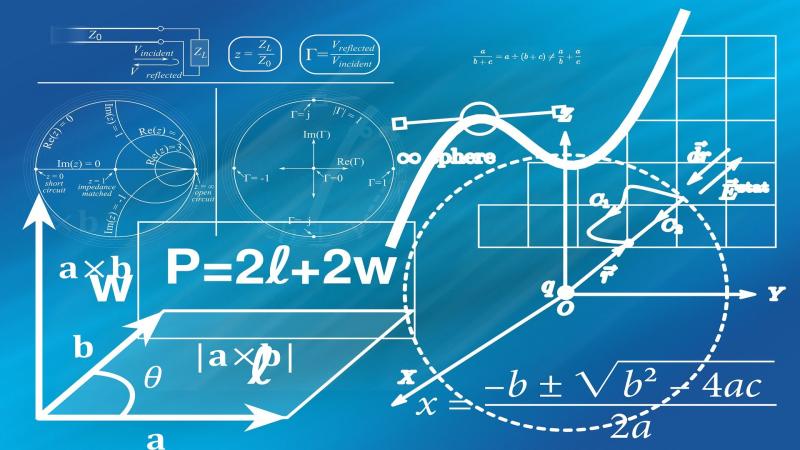
In the last one hundred and sixty years, in spite of hundreds of claims, some of them from first-class mathematicians, the Riemann Hypothesis, or the holy grail of mathematics, remains as elusive as ever. The conjecture, which originated from the work of Bernhard Riemann on the distribution of prime numbers, has now been extended and generalised into a monstrous beast. Its cunning and long arms now encompass almost all areas of mathematics, far beyond its site of origin. From a technical point of view, the Riemann Hypothesis is a prediction about the solutions of an equation involving 'L-functions', which, at best, can be described as esoteric and abstruse.
Why then are we interested in this conjecture? Well, mathematicians look for symmetries which are both meaningful and beautiful. They try to understand nature by unveiling symmetries and patterns of the underlying design, which though are invisible to our naked eyes (senses), nevertheless are visible to the eyes of mathematics. This effort has been the leading force in humankind's search for the unification of the laws of physics. For example, our understanding that the magnetic field and the electric field are related stems from this.
Why then can't we find a pattern in the distribution of prime numbers - the basic building blocks of our counting system? Apparently, primes do not follow any rules. They stick up wherever they want in the infinite number line. Riemann showed that the primes and the zeros of the zeta function—a special L-function—are related, and though primes fail to show any respect for rules and discipline, the zeros exhibit a pattern; they all line up on 'the critical line'. But, failing to come up with a proof of this 'fact', Riemann wrote it down as a plausible hypothesis in his famous 1859 memoir.
The twentieth century witnessed a tremendous flux in mathematical ideas, which blended and mixed branches of mathematics as never before. Representation theory and geometry became the two central pillars on which mathematicians tried to lay the grand edifice of number theory. L-functions, arising from geometry and representation, played a crucial role to bridge distant concepts.
Halfway into the century, a geometric rendition of the Riemann hypothesis was formulated. This progress immediately occupied the centre stage of mathematics and became one of the driving forces in the development of modern algebraic geometry. Some twenty-five years later, when this beast was finally tamed, half of the mathematics had been revolutionised in the endeavour. The range of mathematical applications of this result can hardly be undermined. Among other things, this settled a long-standing conjecture of Ramanujan regarding the growth of sequences of numbers arising from certain highly symmetric functions, called modular forms. Ramanujan conjecture plays a central role in the construction of optimal graphs, which are proposed to be the basis of post-quantum elliptic curve cryptosystems. In other words, these will keep us secured when the machines become too intelligent!

A representation of an almost correct statement of the Riemann hypothesis
Image credits: AstroOgier, via Wikimedia commons, under license CC BY-SA 4.0
The original Riemann hypothesis, however, is a far cry. To make any headway in this problem, we need to analyse the behaviour of these L-functions inside a region called the 'critical strip'. Curiously, our understanding of the objects outside this region is quite clear, but once we cross the 'wall' and get inside, we are as good as blind. Even our present-day highly sophisticated algebraic-geometric tools fail to make any significant dent in the wall to shed any light. Our only successful approach, which only scratches some information from the wall, is more than a hundred years old.
Perhaps a new approach can be extracted from the analytic theory of those mysterious highly symmetric functions called automorphic forms on higher rank groups - the grand generalisation of modular forms. After all, these functions are the very incarnation of symmetry which the Riemann hypothesis is all about. A study in this direction can become an exciting field of research.
This article is the first of a three-part series from leading Indian researchers on the unsolved challenges in the field of mathematics and science as they find solutions to them. This article is attributed to Prof. Ritabrata Munshi, Professor, School of Mathematics, Tata Institute of Fundamental Research, Mumbai and Statistics and Mathematics Unit, Indian Statistical Institute, Kolkata. Prof. Munshi won Infosys Prize 2017 in Mathematics by Infosys Science Foundation. The article series has been facilitated by Infosys Science Foundation.
This article has been minorly edited to correspond to the editorial guidelines of Research Matters.






